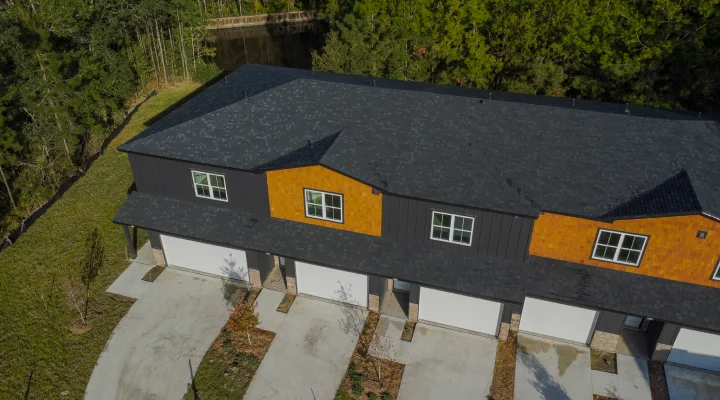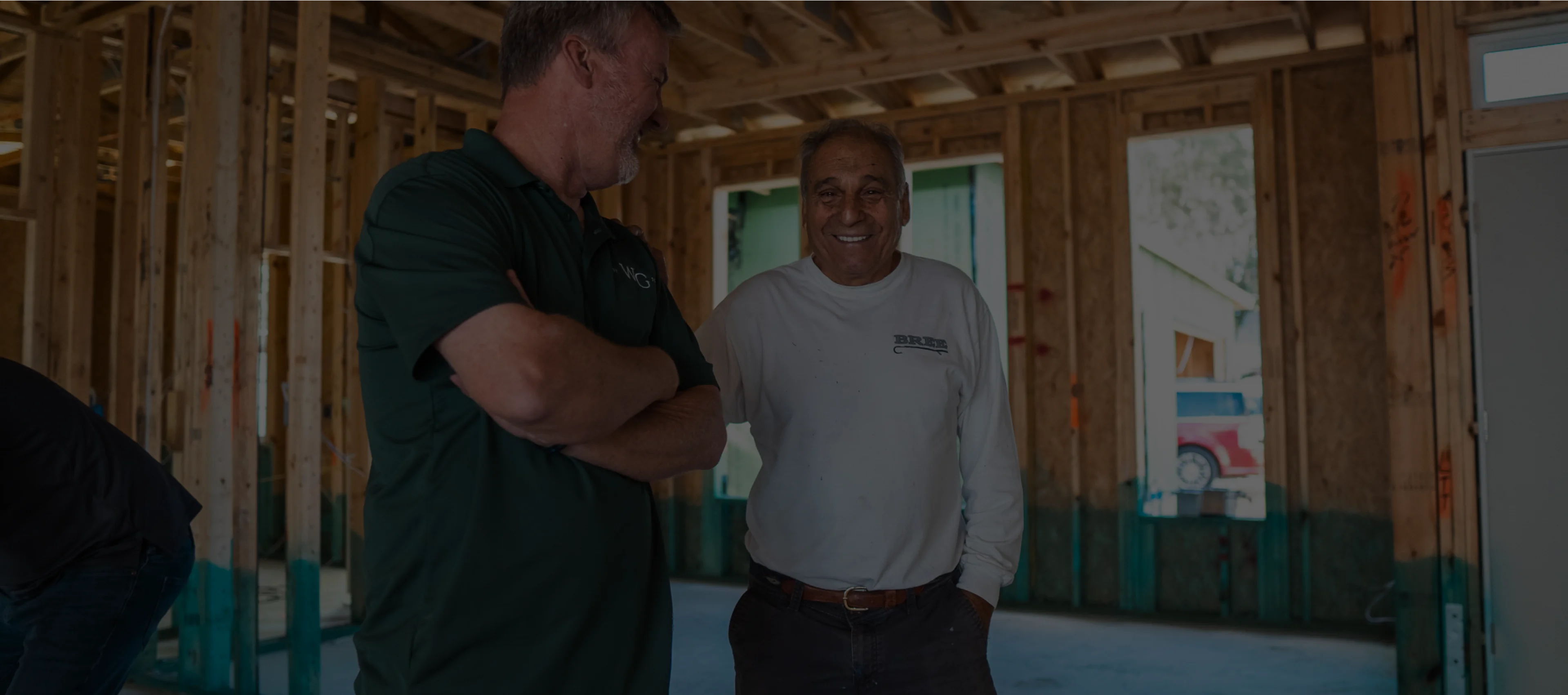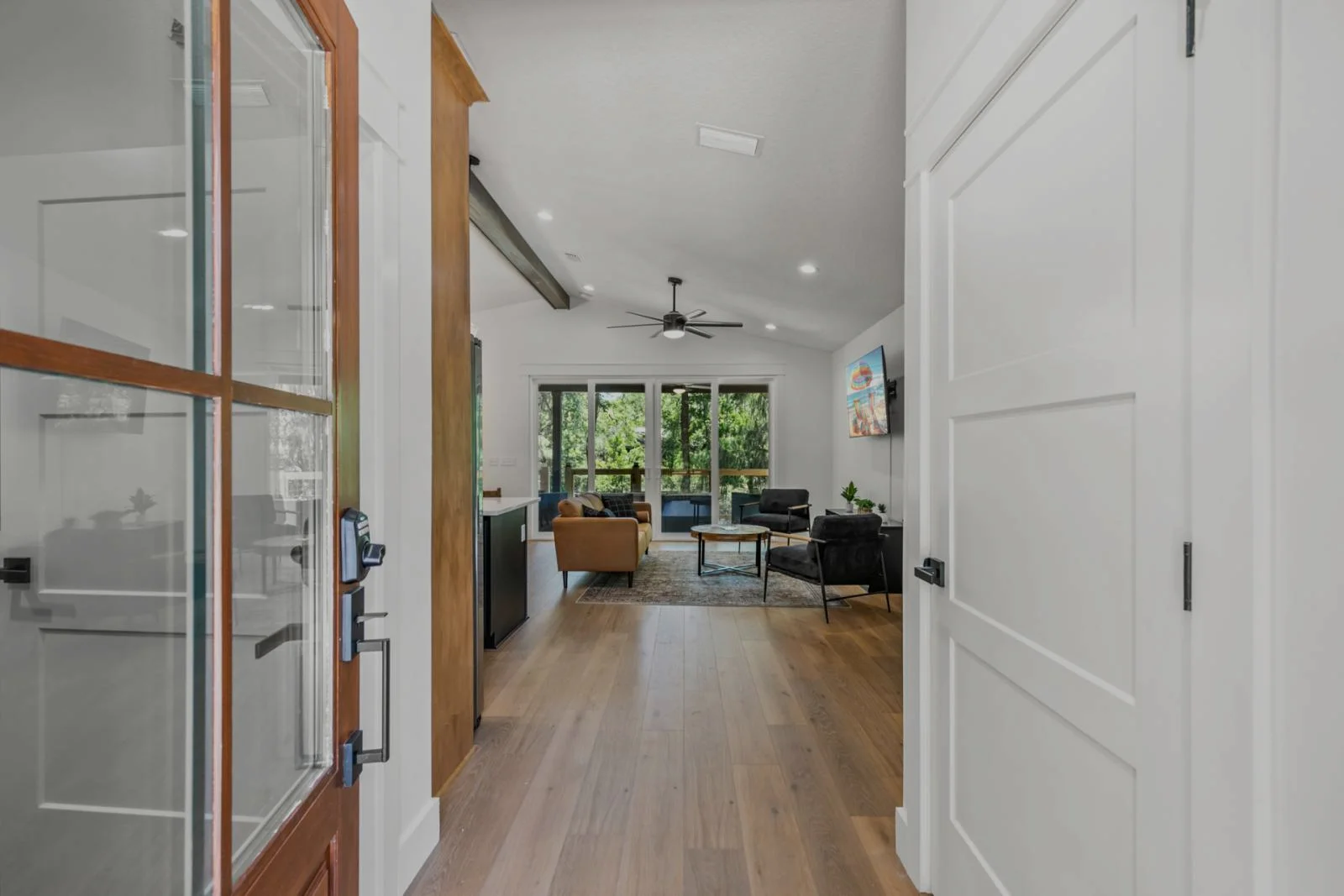Test Article #3

How to estimate new home construction costs
You’ve decided to build your dream home. After careful research and consultation with your architect, contractor, and lender, you’ve selected a plot of land, a builder, and a finished plan for your new home. Now the final step is to cost out the construction of your home.
Estimating the costs of building a home can be an intimidating task. As a builder, contractor, and homeowner, you’re aware of the pitfalls and risks involved in building your dream home. It’s important to be honest and accurate with your estimates to avoid penalties from the lender and other parties involved. Your goal should be to create accurate and reliable estimates for the cost of your project. Cost estimation for new home construction varies from project to project, with some projects requiring more attention than others. Here at Wiggins Construction Company, we’re passionate about keeping construction costs transparent, which is why we have more than 35 successful years’ experience as a custom homebuilder in Jacksonville. Keep reading to learn our top tips on estimating your new home construction costs.
What to Include in a New Home Construction Estimate?
To create accurate and reliable estimates for the cost of your project, you should include as much information about your project as possible. The more information you can gather upfront, the more accurate your cost estimate will be.
Cost estimation is best done with a project manager or team who works together and has access to all of the information about the project. This information should be collected from the very beginning of the project and not changed once the project has begun. Gathering this information early on will ensure that it is accurate and reliable. At Wiggins Construction, we work with you through all phases of construction to ensure that you are up to date at all times with the stage of the project.
Where can you find accurate and reliable cost estimation? In most cases, you will want to look to the professionals.
The following are a few things that can help you make an accurate estimate:
- What type of construction is being done?
- What are the materials used in the construction?
- How many windows will be included in the house?
- What appliances will be included with the home?
- How much land will you have around your home?
- How far from a highway is your property?
- What electric panels or solar panels are on the property?
- What are other costs associated with your project (such as landscaping, HVAC, plumbing, etc.)
Determine the Price of Materials
The first step you’ll need to take when estimating the costs of building a home is determining the cost of materials. There are many different ways a home construction project can be estimated, with some methods being more accurate than others. Another way to calculate the cost of materials is to find the average cost of materials per square foot. This cost can be found in the local building department or by contacting a local supplier.
To get a better sense of the cost of materials in your area, you can contact your local Builders Association. They may have a list of contractors that can provide this information for a small fee. You can also contact a contractor in your area and ask for a ballpark estimate of the average cost of materials, which can help you get an insight into your overall construction costs.
Further, you can estimate the cost of materials by using a material list. You can find these lists from home improvement stores or online. Through research, you can create a list of materials that you know cost a certain amount. Through this research, you will be able to create a realistic estimate of the cost of materials. This list should include all the items used in your construction project that are not purchased wholesale from major suppliers, such as lumber and plywood.
Step 1: Determine the square footage of your proposed house
Step 2: Estimate how much wood needed for framing
Step 3: Estimate how much insulation you’ll need for walls, ceilings, and floors
Step 4: Estimate how much concrete needed for foundation and floor slabs
Step 5: Estimate how many windows, doors, roofing materials, and other items you’ll need
Add Equipment Costs
The first step to building your home is to estimate new home construction cost is to add in the costs of tools, equipment, and materials. Here at Wiggins Construction, we usually place these into three categories:
1) Equipment Cost
2) Labor Cost
3) Material Cost
The final result of these three costs is the total price for your project, which will typically be broken down into different phases.
1) Equipment Cost: This category covers all the expenses associated with purchasing or leasing a site preparation vehicle, watercraft, and other items that may be required for your project. The cost of these units will vary based on the size of your project and the type of property you’re working with. Keep in mind that most project sites are inspected for safety and insurance purposes. Therefore, it’s usually necessary to purchase a higher-end site preparation vehicle. When renting equipment, make sure to choose a reputable company with a reputation for safe and reliable service.
2) Labor Cost: This includes all labor costs related to constructing, finishing, or remodeling a home. Labor costs may include everything from excavation to roofing. The cost of labor can vary greatly depending on the location of the home and the experience of the contractor. For example, a contractor working in a densely populated area may have to charge a higher rate of hourly wages than a contractor working in an area with fewer labor costs.
You can calculate the cost of labor by contacting several contractors in their area and comparing the costs of their different bids for the same work. You should also be aware of the cost of living in different areas.
3) Material Cost: This includes any material expense that could arise during your projects such as concrete, lumber, bricks, and pavers. These prices will vary according to what type of materials you need for your home construction project. Mostly, these materials will be bought from the material suppliers based on the specifications of your home construction project. In most cases, the material suppliers will provide you with a quote for the materials you need for your home construction project. This is the main way you can accurately calculate your material cost for your home construction project.
Estimate Site Work and Improvement Costs
Site work and improvement costs are the most difficult part of estimating new home construction costs. Site work refers to all the preparation, such as clearing and grading the site for your home being built. Improvement costs refer to finishing touches, such as landscaping, interior design, electrical upgrades, and cabinetry. Generally, the cost of site work is more than that of improvement costs, and we at Wiggins Construction try to make navigating this process as simple as possible.
The best way to estimate site work and improvement costs is to break them down into their individual categories. This includes:
- General labor hours for preparing the site
- Demolition hours for knocking down old structures or building new ones
- Moving hours for loading materials onto a truck or moving them from one location to another
- Concrete hours for pouring concrete foundations or pouring footings so you can start digging footings in the earth
- Framing hours for installing walls or floors with studs and headers (or any other framing material)
- Electrical hours for wiring an entire house or just certain rooms/areas of your future home (this will be different depending on if you’re doing it yourself or with a contractor)
- Architectural design hours if you’re hiring an architect instead of doing it yourself (or if you want to take advantage of some features that may not be available in construction software)
- Permit fees for building permits and inspections if needed (depending on local regulations) Landscape design hours including mowing lawns and planting flowers/bushes/trees; fenced-in areas such as patios/pools/gaz
Another type of cost that you need to estimate when calculating new construction costs is interest. The interest rate on mortgage loans varies from one lender to another. Generally, the interest rate for a 30-year fixed-rate mortgage is around 4%.
Reducing the new home construction cost is possible by looking for ways to reduce site work costs. You can do this by reducing the amount of site work that your builder has to do. For example, you can have your builder do all the grading work, or you can have your builder prepare the soil for your new home before the concrete is poured.
Take Profits and Leave a Profit to the Builder
The first step to estimating the cost of your new home construction project is to calculate profit. Take the profit and leave a profit to the builder. What exactly does this mean? Well, if you’ve calculated that you will make a 10 percent return on your investment, then you should expect to be paid 8 percent of the total price of your home.
For example, if you are building a $250,000 home in Pennsylvania, take out $25,000 in profit before subtracting your expenses from this amount. You can also take out a variable fee for the services of your architect and contractor as well.
Now that you have an estimate for profits and costs, it’s time to come up with an estimate for total cost based on these numbers. To create an estimate for the total cost, divide expenses by profits. Expenses are typically divided into three categories: cash flow expenses; fixed expenses; and variable expenses. The final estimate will be determined by what percentage each type of expense makes up in total.
Take note that any additional costs or delays incurred during construction due to weather or other factors will also count towards your final cost estimate. These types of costs are typically added as miscellaneous expenses at the end of construction costs and should be included in next year’s estimates as well.
Be Prepared for Unexpected Costs
New home construction can be a complex process with many moving parts. A number of factors, such as the design and site specifics of your project, can affect how much you will ultimately spend. When estimating the cost of your new home, be sure to factor in any unexpected costs that might come up. For example, if you choose a different paint color than was originally planned, that likely wouldn’t have been planned, and you may have to pay extra for the paint. Similarly, if you need to change the flooring, the cabinets, or any other finish details, that may have to be paid for out of pocket.
One thing to understand is that there are several consequences for underestimating or overestimating the cost of your project. If you underestimate the cost, it could result in extra spending on unexpected items, such as extra materials and required labor.
On the other hand, if you overestimate the cost, it could result in a penalty from your lender or builder. Be sure to factor in closing costs, such as realtor commissions and any pre-approved loans. Keep in mind that costs will change over time. So don’t make assumptions about what they will be in a year. Look at historical data to get a better idea of what to expect next. When working with us here at Wiggins Construction, we work with you to ensure your construction costs are as accurate as possible, helping you avoid any unexpected construction costs where possible.
Use Quality Construction Estimating Software
Quality construction estimating software is a must for accurately costing out a new home project. The software will provide you with an estimate based on the most current and accurate data available. This includes the number of square feet, room dimensions, materials, and labor needed to complete the project. Once you’ve chosen your quality construction estimating software, be sure to read the user manual carefully. You need to know how to input all relevant data correctly in order for your software to calculate an accurate cost estimate.
Conclusion
By providing a clear understanding of current construction cost trends and what they mean for your project, you can develop an effective estimate of the costs without having to worry about missing any details or struggling with unfamiliar software.
The process of building a new home can seem like an overwhelming task, but with a little planning, it can be easier than you expected! Building a new home is a costly investment, and it’s crucial to have an estimate that accurately captures the true cost of all the work that goes into building your new home. With these ten simple steps, you’ll never again have to guess how to calculate the costs of building a new home. If you’re looking for a custom homebuilder in Jacksonville, get in touch with us today at Wiggins Construction for unparalleled expertise.
Related Articles

Wiggins Construction Company – North Florida Homebuilders you can trust. Any job that’s worth doing is worth doing well. That’s an old saying, but that doesn’t mean it’s not true.

